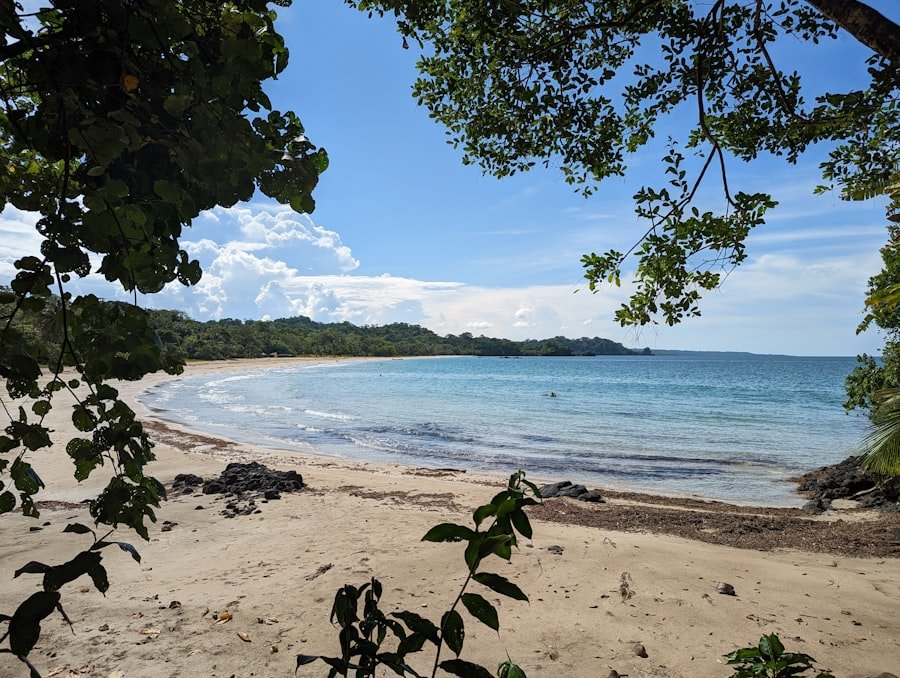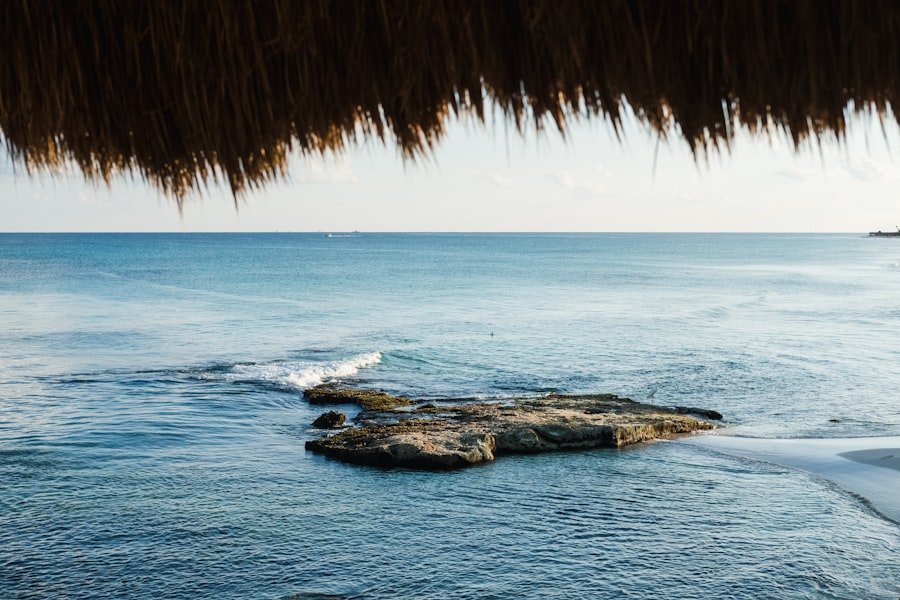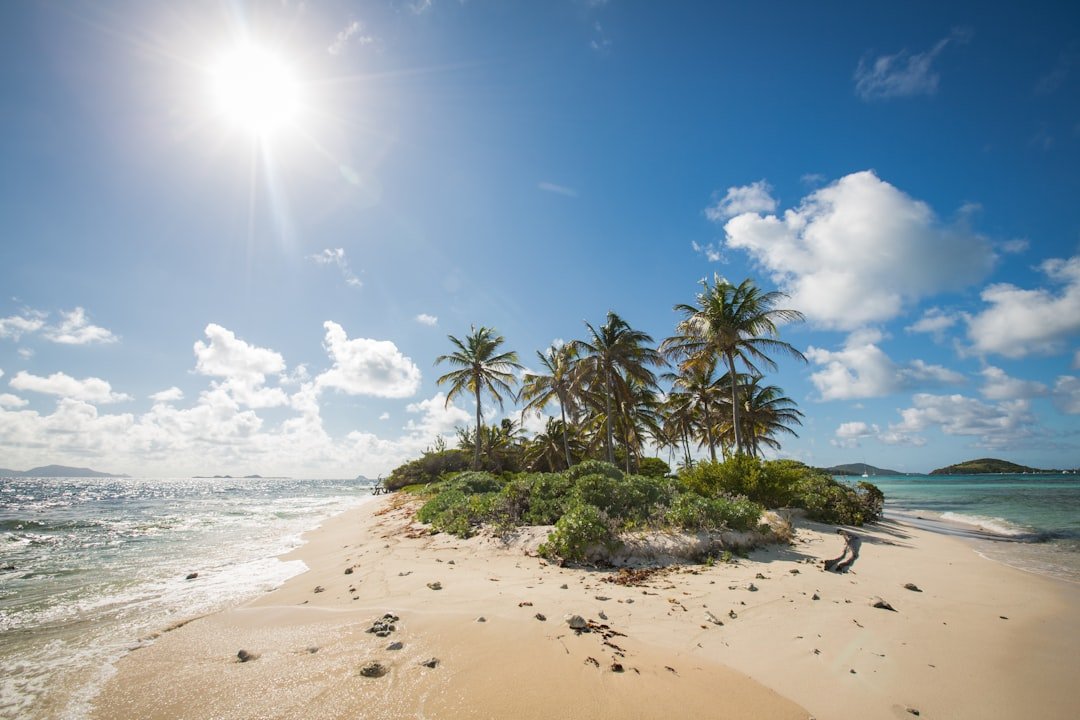Cabo Verde, an archipelago nestled in the Atlantic Ocean, is a hidden gem that beckons travellers with its unique charm and vibrant culture. Comprising ten volcanic islands, this nation is located approximately 570 kilometres off the coast of West Africa. Each island boasts its own distinct character, offering a diverse range of experiences for visitors.
From the bustling streets of Praia, the capital, to the serene landscapes of Santo Antão, Cabo Verde is a destination that promises adventure, relaxation, and cultural enrichment. As you embark on your journey to Cabo Verde, you will find that the islands are not just a feast for the eyes but also a delight for the senses. The rich history of the islands, shaped by African, Portuguese, and Brazilian influences, creates a unique tapestry of traditions and customs.
Whether you are seeking to immerse yourself in local culture or simply unwind on pristine beaches, Cabo Verde has something to offer everyone. This article will guide you through the various facets of this enchanting archipelago, ensuring that your visit is both memorable and fulfilling.
Summary
- Cabo Verde is a stunning archipelago off the coast of West Africa, known for its beautiful beaches, rich culture, and diverse history.
- The tropical climate of Cabo Verde makes it an ideal destination for sun-seekers and water sports enthusiasts all year round.
- The beaches of Cabo Verde are a paradise for relaxation, with pristine white sands and crystal-clear waters perfect for swimming and snorkelling.
- Exploring the culture and history of Cabo Verde offers visitors a chance to immerse themselves in the local music, dance, and fascinating historical sites.
- The delicious cuisine of Cabo Verde is a blend of African, Portuguese, and Brazilian influences, with fresh seafood and local flavours taking centre stage in traditional dishes.
The Tropical Climate of Cabo Verde
Cabo Verde enjoys a tropical climate that is characterised by warm temperatures and gentle breezes throughout the year. The islands experience two main seasons: the dry season from November to June and the rainy season from July to October. During the dry season, you can expect plenty of sunshine and minimal rainfall, making it an ideal time for outdoor activities and beach lounging.
The average temperature hovers around 25°C, providing a pleasant environment for exploration and relaxation alike. In contrast, the rainy season brings occasional showers, but these are often brief and followed by clear skies. This time of year can be particularly beautiful as the landscape becomes lush and vibrant.
The unique climate of Cabo Verde is influenced by the surrounding ocean currents, which help to moderate temperatures and create a comfortable atmosphere for visitors. As you plan your trip, consider the seasonal variations to make the most of your experience in this tropical paradise.
The Beautiful Beaches of Cabo Verde

One of the most alluring aspects of Cabo Verde is its stunning array of beaches, each offering a unique setting for sunbathing, swimming, and water sports. From the powdery white sands of Santa Maria on Sal Island to the dramatic cliffs and secluded coves of Boa Vista, the beaches here are nothing short of spectacular. You will find that many of these coastal gems are relatively untouched, allowing you to enjoy a sense of tranquillity and connection with nature. As you stroll along the shores, you may be tempted to indulge in various water activities such as snorkelling, windsurfing, or even diving. The crystal-clear waters teem with marine life, providing an excellent opportunity for underwater exploration.
Whether you prefer lounging under a palm tree with a good book or engaging in thrilling water sports, Cabo Verde’s beaches cater to all preferences. Each visit to a different beach can feel like discovering a new world, making it an essential part of your Cabo Verde experience.
Exploring the Culture and History of Cabo Verde
| Aspect | Details |
|---|---|
| Population | Approximately 550,000 |
| Languages | Portuguese and Cape Verdean Creole |
| Capital | Praia |
| Independence | From Portugal in 1975 |
| Music | Morna and Funaná |
| Cuisine | Cachupa and Grogue |
| UNESCO Sites | Cidade Velha and the Ribeira Grande de Santiago |
Cabo Verde’s rich cultural heritage is a reflection of its diverse history, shaped by centuries of trade and migration. As you explore the islands, you will encounter a blend of African rhythms and Portuguese influences that manifest in music, dance, and art. The traditional music genre known as morna is particularly significant; it evokes deep emotions and tells stories of love and longing.
You may find yourself captivated by local performances that showcase this soulful music, often accompanied by lively dance. The islands also boast a fascinating history that dates back to their discovery in the 15th century by Portuguese explorers.
This historical significance has left an indelible mark on the islands’ architecture and cultural practices. Visiting historical sites such as the old town of Cidade Velha on Santiago Island will provide you with insight into the colonial past and its impact on contemporary Cabo Verdean society.
Delicious Cuisine and Local Flavours of Cabo Verde
Cabo Verdean cuisine is a delightful fusion of flavours that reflects the islands’ diverse cultural influences. As you savour local dishes, you will discover a culinary landscape that features fresh seafood, hearty stews, and tropical fruits. One must-try dish is cachupa, a traditional stew made with corn, beans, and various meats or fish.
This hearty meal is often considered the national dish and is enjoyed by locals and visitors alike. In addition to cachupa, you will find an array of seafood dishes that highlight the islands’ maritime bounty. Grilled fish seasoned with local spices is a popular choice, as are dishes featuring octopus or lobster.
As you dine at local restaurants or enjoy street food from vendors, you will experience the warmth and hospitality of the Cabo Verdean people through their culinary traditions.
Adventure and Outdoor Activities in Cabo Verde

Exploring the Islands
The varied landscapes across the islands provide ample opportunities for hiking, mountain biking, and water sports. On Santo Antão Island, for instance, you can embark on breathtaking hikes through lush valleys and rugged mountains while taking in panoramic views that will leave you in awe.
Water Activities
If you’re drawn to water activities, consider trying your hand at surfing or kiteboarding on Sal Island’s famous waves. The consistent winds and warm waters create perfect conditions for both beginners and experienced surfers. Additionally, whale watching tours during migration seasons offer a chance to witness these magnificent creatures up close.
Connecting with Nature
With so many options available, your time in Cape Verde can be filled with exhilarating experiences that connect you with nature.
Relaxation and Wellness in Cabo Verde
While adventure awaits in Cabo Verde, there is also ample opportunity for relaxation and wellness amidst stunning natural surroundings. Many resorts and wellness centres offer spa treatments that incorporate local ingredients such as sea salt and essential oils derived from native plants. You can indulge in massages or rejuvenating treatments designed to help you unwind after days filled with exploration.
The serene beaches provide an ideal backdrop for relaxation; imagine lounging on soft sands while listening to the gentle lapping of waves against the shore. Yoga classes held on the beach at sunrise or sunset allow you to connect with your inner self while embracing the beauty of your surroundings. Whether you seek solitude or wish to engage in wellness activities with others, Cabo Verde’s tranquil atmosphere makes it an excellent destination for rejuvenation.
Sustainable Tourism in Cabo Verde
As tourism continues to grow in Cabo Verde, there is an increasing emphasis on sustainable practices that protect the environment and support local communities. Many hotels and tour operators are adopting eco-friendly initiatives aimed at minimising their ecological footprint while promoting responsible travel. By choosing sustainable options during your visit, you can contribute to preserving the natural beauty and cultural heritage of these islands.
Engaging with local communities through responsible tourism initiatives allows you to gain deeper insights into Cabo Verdean life while supporting local economies. Participating in community-based projects or visiting artisan markets not only enriches your experience but also helps sustain traditional crafts and livelihoods. By being mindful of your impact as a traveller, you can enjoy all that Cabo Verde has to offer while ensuring its preservation for future generations.
In conclusion, Cabo Verde is a captivating destination that offers a harmonious blend of natural beauty, rich culture, and adventure opportunities. Whether you’re drawn by its stunning beaches or intrigued by its vibrant history and cuisine, this archipelago has something special for every traveller. As you explore its diverse landscapes and engage with its warm-hearted people, you’ll find that Cabo Verde leaves an indelible mark on your heart—a place where memories are made against a backdrop of breathtaking scenery and rich cultural experiences.
If you are considering travelling to Cabo Verde, you may want to check out this article on cabo-adventures.net for some helpful tips and information. Cabo Verde is a beautiful destination with stunning beaches and rich culture, making it a perfect choice for your next holiday. Make sure to do your research and plan ahead to make the most of your trip to this amazing island nation.
FAQs
What is Cabo Verde?
Cabo Verde, also known as Cape Verde, is a group of ten volcanic islands located in the central Atlantic Ocean. It is a former Portuguese colony and gained independence in 1975.
Is Cabo Verde a popular tourist destination?
Yes, Cabo Verde is a popular tourist destination known for its beautiful beaches, diverse landscapes, and vibrant culture. It attracts visitors from around the world who are interested in exploring its unique blend of African and European influences.
What is the climate like in Cabo Verde?
Cabo Verde has a tropical climate with warm temperatures throughout the year. The islands experience a dry season from November to July and a rainy season from August to October.
What are the popular activities for tourists in Cabo Verde?
Popular activities for tourists in Cabo Verde include relaxing on the beaches, exploring the volcanic landscapes, hiking, water sports such as windsurfing and diving, and experiencing the local music and cuisine.
What is the best time to visit Cabo Verde?
The best time to visit Cabo Verde is during the dry season, which runs from November to July. This is when the weather is most pleasant for outdoor activities and beach relaxation.
What are the entry requirements for visiting Cabo Verde?
Visitors to Cabo Verde must have a valid passport and may also require a visa, depending on their nationality. It is advisable to check the specific entry requirements with the Cabo Verdean embassy or consulate before travelling.
What are the main languages spoken in Cabo Verde?
The official language of Cabo Verde is Portuguese, but Cape Verdean Creole is widely spoken by the local population. English and French are also spoken in tourist areas.



